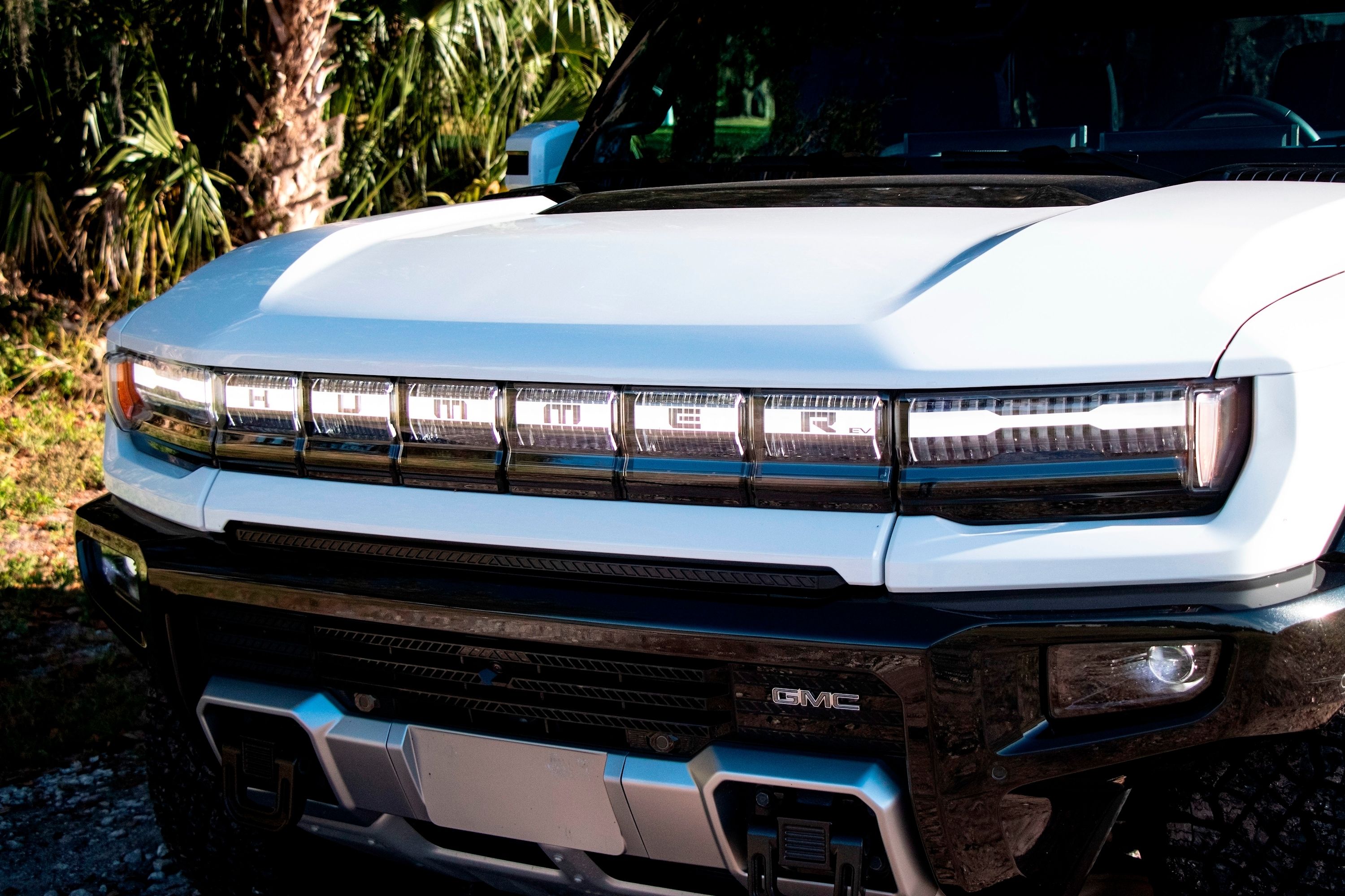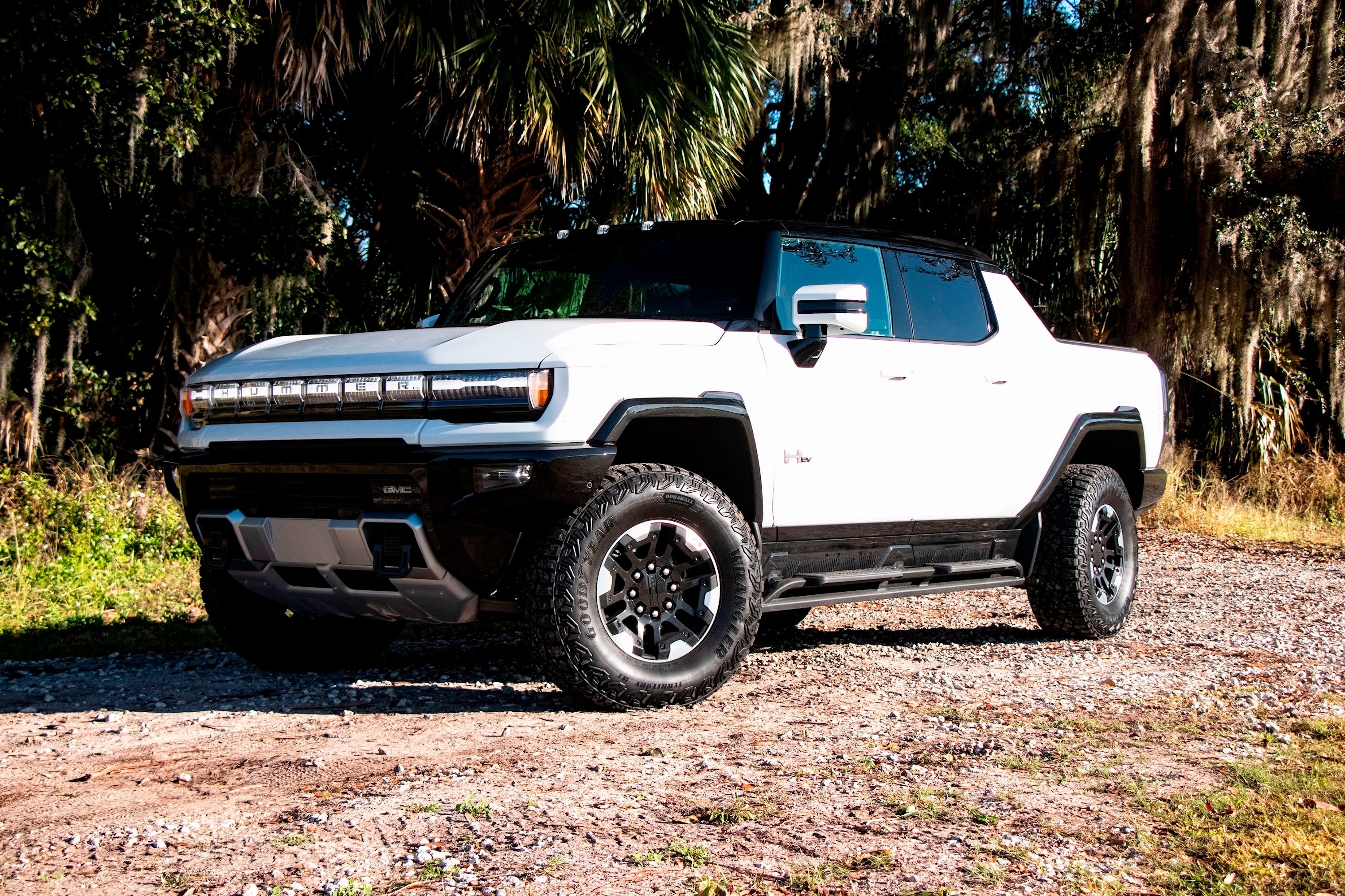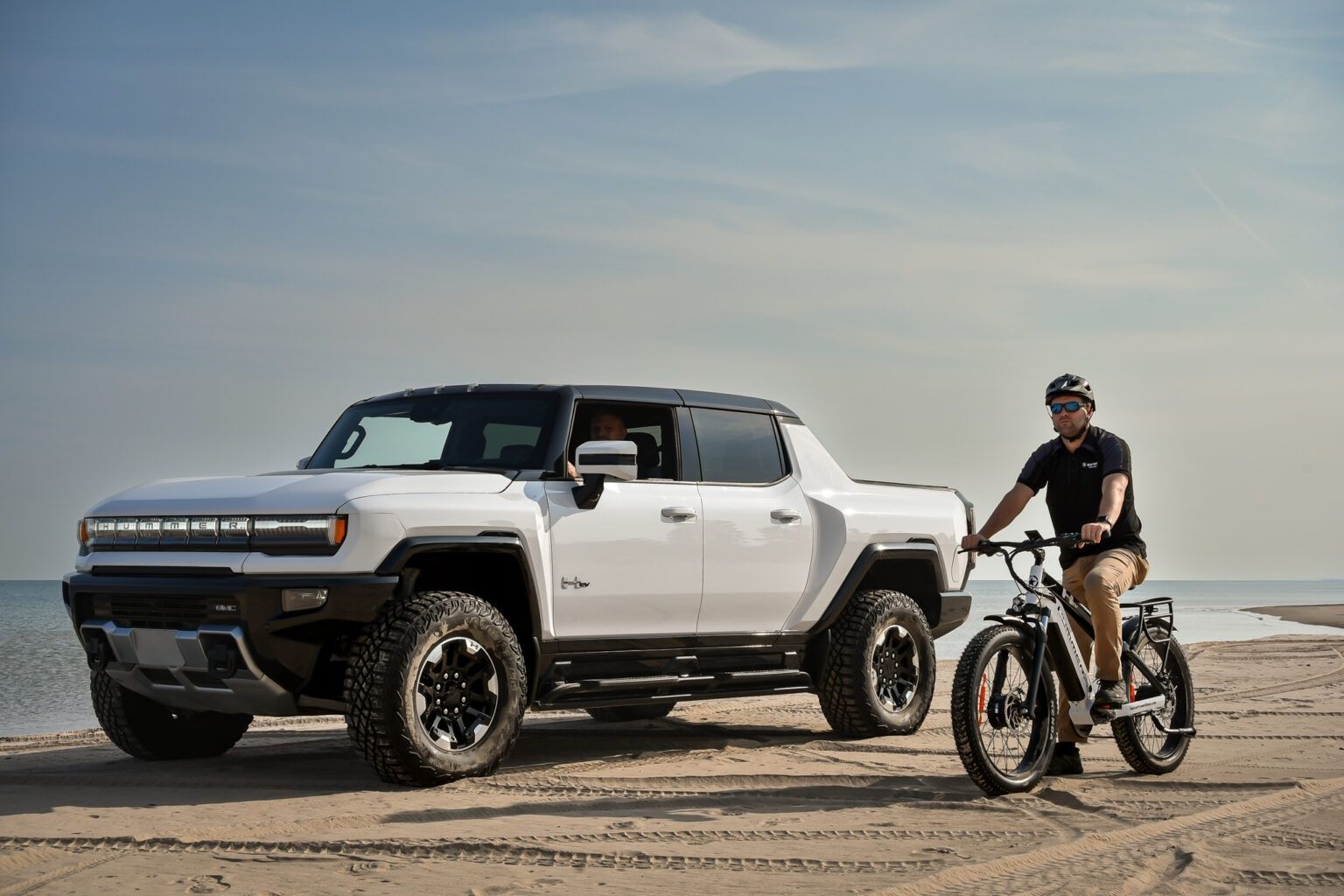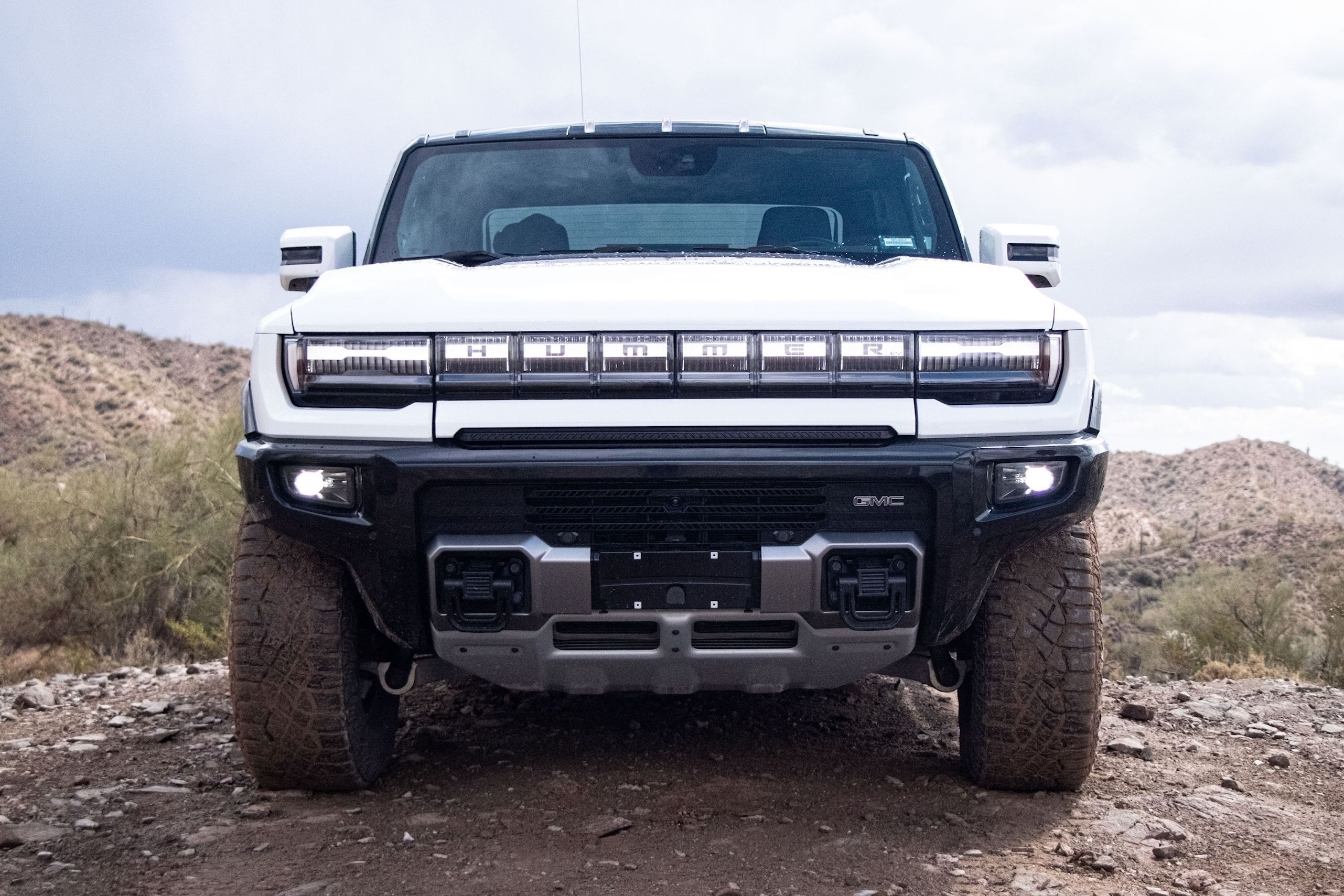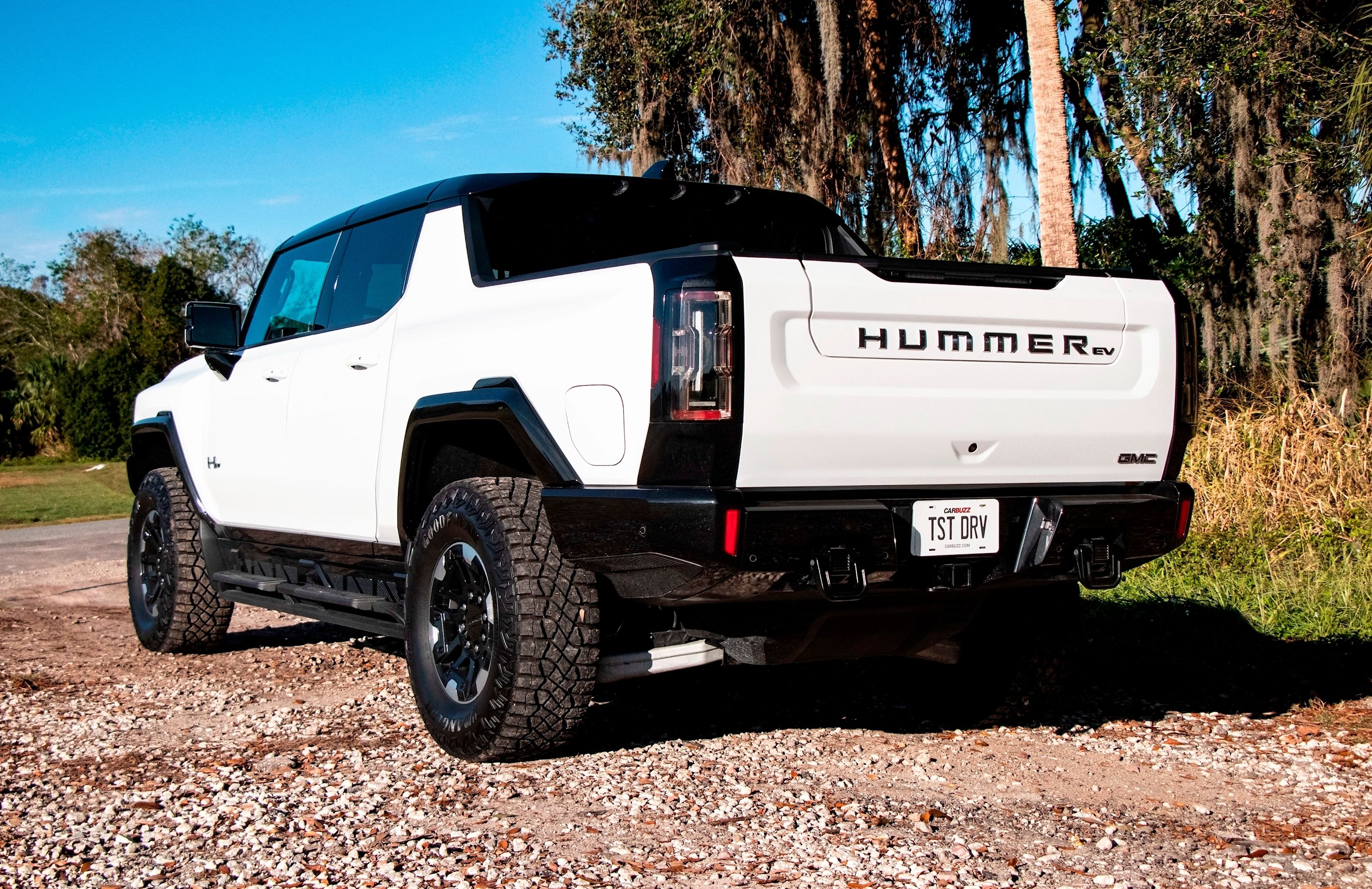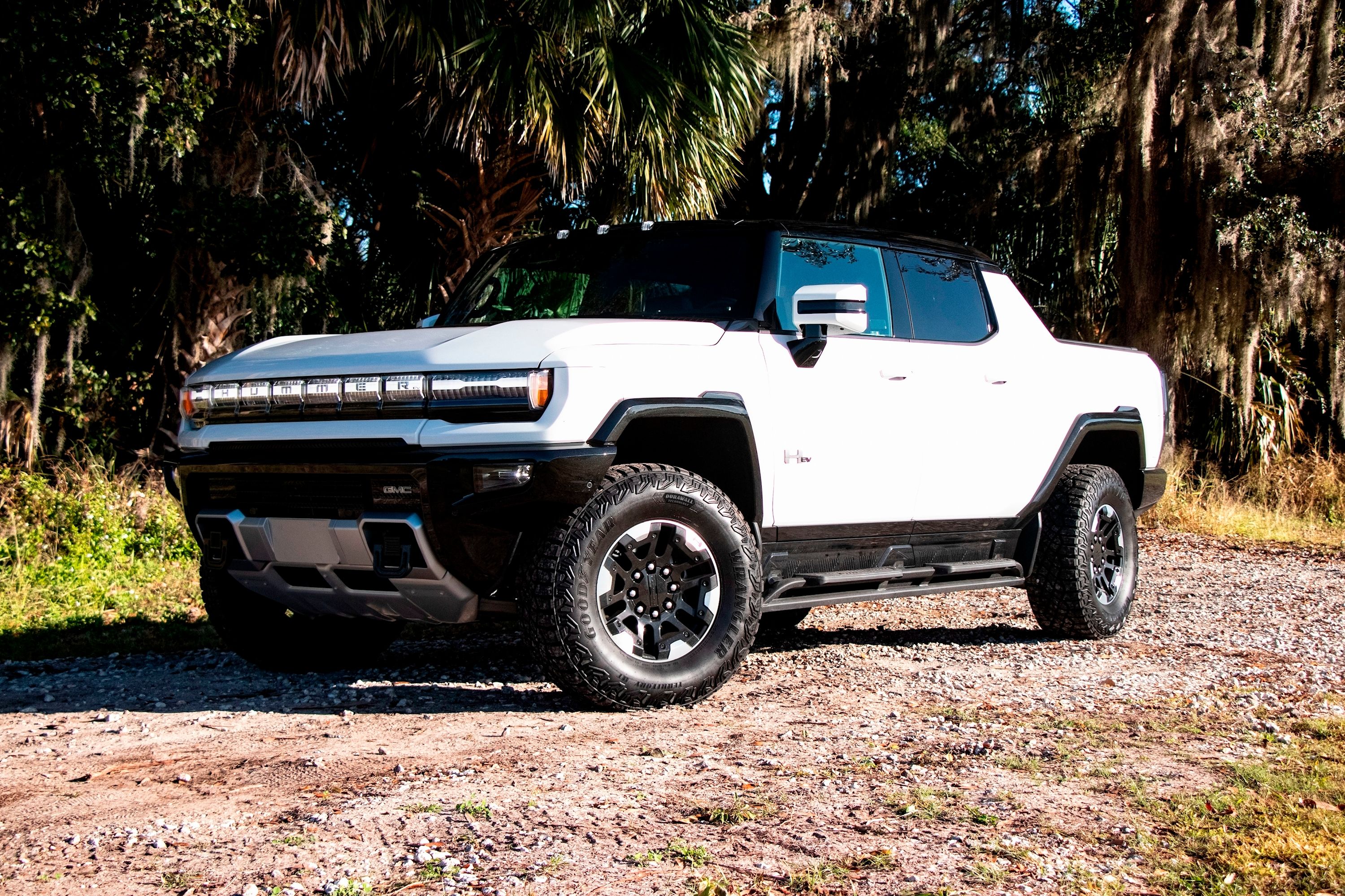
In a column published by the Insurance Institute for Highway Safety (IIHS), the agency's vice president Raul Arbelaez has stated that the hefty weight of an EV poses an increased safety risk for road users and a potential solution to avoid severe carnage is to lower speed limits.
The VP notes that when the IIHS started testing electric vehicles in 2011, the question on everyone's minds was whether those huge battery packs posed a fire risk. But now, weight has become a more pertinent concern than fire (although extinguishing EV flames remains a challenge). Late last year, the IIHS showed its concern over the weight of electric vehicles like the 9,500-pound GMC Hummer EV and had to retest all its equipment to be sure that the GM product and other electric behemoths may be evaluated.
After 55 EV crashes, the IIHS has had zero related fires, and this risk is a lot lower than many think. It's also true that heavy vehicles are far less likely to tip over and roll, and having a heavy car means that you are less likely to be injured in a crash. But when that crash involves another road user, those other individuals face a greater risk than they would otherwise.
"When two vehicles collide, the heavier vehicle pushes the lighter one backward, resulting in higher forces on the people in the lighter vehicle and lower forces on people in the heavier vehicles," notes Arbelaez. It doesn't take an experimental physicist to wonder how much worse a heavy vehicle could be for a pedestrian or cyclist.
Arbelaez adds that the IIHS conducted two tests in 2018 that proved increased weight and size can severely impact the outcome of a crash. In those tests, vehicles that had performed well in individual testing both performed horrendously when crashed into larger vehicles.
The VP says that the increased weight of EVs compared to regular vehicles would make little difference in accidents involving pedestrians or cyclists but points out that "large vehicles do represent a bigger threat to pedestrians and bicyclists, but that is due mostly to their height and shape, which affect both visibility and whether a person is knocked to the ground when struck." Then again, if extra EV weight leads to longer stopping distances, pedestrian and cyclist deaths could continue to rise even more than they already have been.
Arbelaez also points out how rapidly these electric vehicles can accelerate. The GMC Hummer EV is capable of doing 60 mph in as little as three seconds flat when in top-tier specification, but even lesser models can pin you to your seat as they take off. To be clear, Arbelaez is not against electrification and admits that "there are good reasons for it," adding that the weight of EVs won't undo the gains in automotive safety made since the inception of the automobile, "but the development will require some new thinking about the kinds of vehicles we want on our roads."
The VP says that we don't need so much horsepower and range. Still, if people continue to embrace them, perhaps "heavier vehicles could be built with additional crush space in their front ends to compensate for the effect of their extra weight in a crash with another vehicle," thereby using crumple zones to protect those outside an EV rather than those in it. He is also hopeful that technology advances will give us lighter batteries.
A wider charging network could also help consumers to choose cars with less range (and therefore smaller, lighter batteries). But in the meantime, Arbelaez says manufacturers should make high-performing pedestrian and bicyclist crash avoidance systems standard, along with excellent headlights. Finally, he proposes that "states and governments should consider lowering speed limits, factoring in the increased danger from weight disparities."
We agree that excessively heavy EVs pose a safety risk. We agree that something needs to be done. But, playing devil's advocate, lower speed limits may mean increased traffic, thereby increasing carbon emissions. Lower speed limits in certain areas could also encourage motorists to speed in others. If new speed limits are introduced, blame EVs for ruining what little enjoyment enthusiasts get out of their daily commute.
We hope that manufacturers and regulators focus on making future cars better suited for our roads rather than adapting roads to suit new cars that most Americans can't afford.

